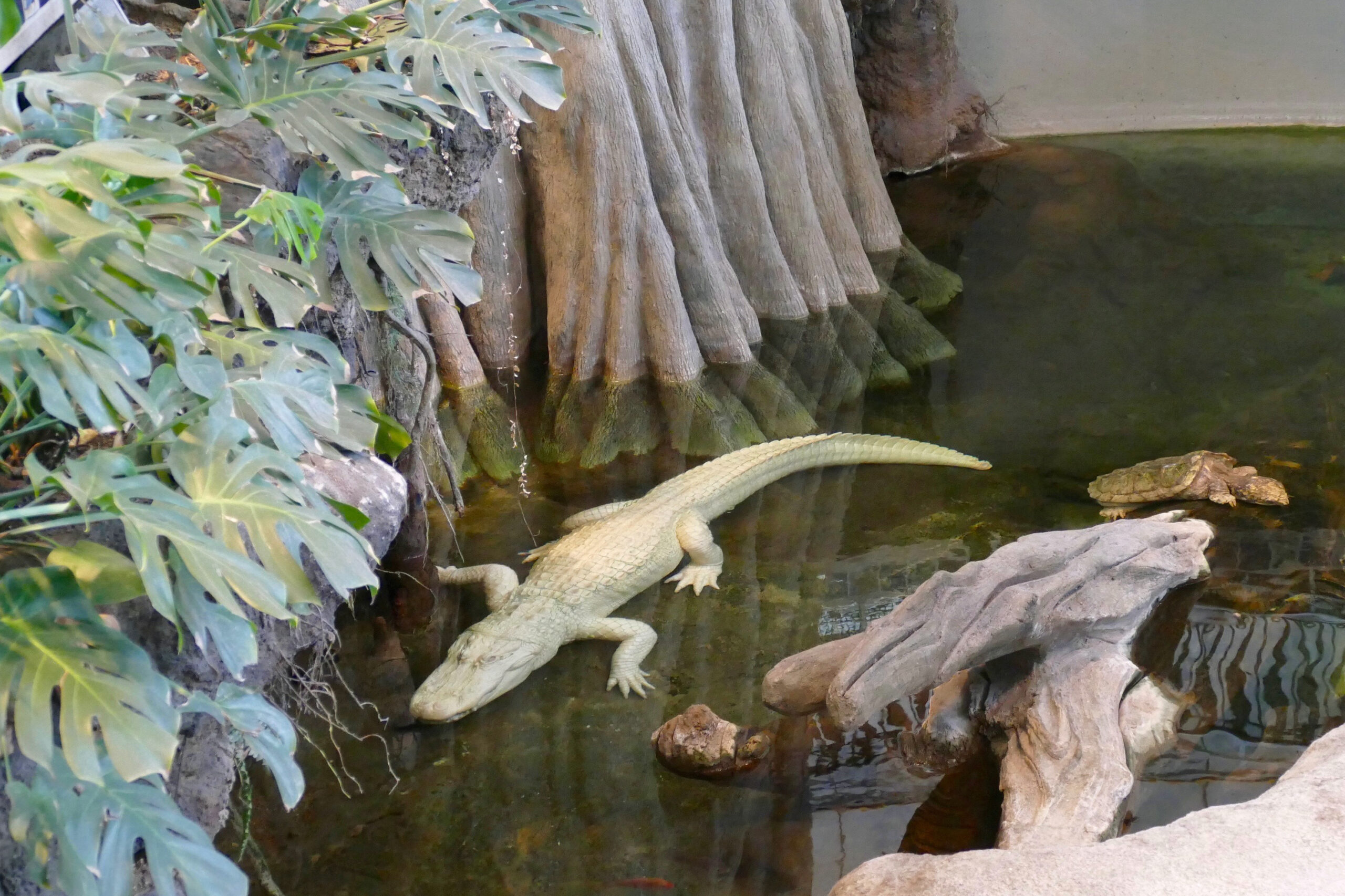The California Academy of Sciences has captured the city’s attention ever since it opened in 1853—but more so since it was completely rebuilt in 2008. Many San Franciscans know about the natural history museum’s living roof, its multi-story rainforest and the albino alligator named Claude—so famous he was name-dropped in Ali Wong’s rom-com You’ll Always Be My Maybe.
But there’s always more to learn, as a recent appearance on an episode of the Smithsonian Channel’s How Did They Build That? made clear. For instance, did you know the Philippine coral reef is the largest indoor exhibit of its type in the world? Here are five other facts about the 169-year-old institution you may not know.
The Current Building Cannibalized Its Predecessor
Almost all the materials from the demolition of the Academy’s 13 original buildings were reused—in the current, wavy-roofed structure. This includes 15,000 cubic meters of concrete and 5,000 tons of steel. The concrete that didn’t end up in the new building now paves a highway in Hayward.
It’s Insulated by … Denim Jeans
The California Academy of Sciences was founded in 1853—the same year that Levi Strauss set up shop in San Francisco. And now the city can claim to creatively repurpose denim as an insulator since an unimaginable number of Levi’s were used to pad the walls of the Academy. “Blue jeans can hold more heat than traditional insulation, with none of the dangerous chemicals,” said Rachel McDermod, the Academy’s assistant manager of specialty buildings.
There Are Underground Pipes—Seven Miles of Them
The contents of the Academy’s aquarium begin with a very simple ingredient: Hetch Hetchy tap water. But things become much more complex, as the water is filtered no less than three times: by sand, foam and ozone. “It’s the three legs of life support,” said Tony Promessi, director of facilities. All the water in the Academy’s aquariums is turned over every 30 to 40 minutes.
The Building Is Designed to Survive the Big One
The 1989 Loma Prieta earthquake destroyed the original buildings. No one wants to risk that happening again, so the current building is not anchored to the ground (which would transfer shaking). Instead, it’s constructed on a giant concrete pad. The sprinklers in the specimen room—which are stuffed with highly flammable, alcohol-filled jars—release fog rather than water, so as not to increase a fire risk post-earthquake given the combustible mix of alcohol with H2O, according to McDermod.
The Living Roof Is Meant to Represent the City Itself
There are seven hills on the living roof, mirroring the seven most significant hills of San Francisco. That unmistakable green topper is part of why the Academy needs no heating or cooling systems; it’s an open building that mirrors the outside temperature, just as it integrates with the landscape around it. “The living roof was one of the biggest influences in the design of the building,” McDermod said. “It’s meant to [be] part of the natural world.”
The California Academy of Sciences is featured in the second season of the Smithsonian Channel’s series How Did They Build That?, hosted by actor Jay Ellis.
55 Music Concourse Drive, Golden Gate Park
(415) 379-8000
